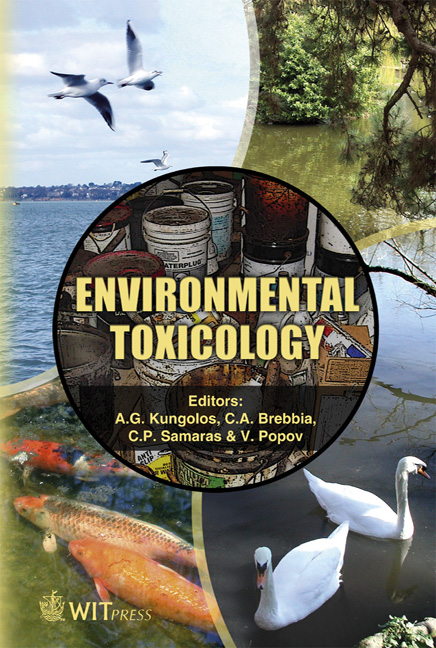Bacteriological Monitoring Of Ships’ Ballast Water In Singapore And Its Potential Importance For The Management Of Coastal Ecosystems
Price
Free (open access)
Transaction
Volume
10
Pages
5
Published
2006
Size
461 kb
Paper DOI
10.2495/ETOX060071
Copyright
WIT Press
Author(s)
V. Ivanov
Abstract
The bacteriological quality of ships’ ballast water was studied to evaluate the risk of invasion by alien bacterial species in Singapore. Guidelines of the International Maritime Organization (IMO) are currently in place concerning the threat posed by invasive pathogens due to uncontrolled discharge of ballast water and sediment from ships. The bacteriological quality of ship’s ballast water was studied to evaluate the risk of invasion by alien bacterial species in Singapore. The concentrations of total bacteria, enterobacteria, Vibrio spp., and Escherichia coli have been compared for ballast water samples taken from ships in Singapore Harbour. The share of facultative-anaerobic bacteria, which are often the agents of water-borne diseases, in a ship’s ballast water was usually higher than in seawater, especially for the cases when the ballast water tank was filled to the top. Samples of ballast water contained from 0.7 to 39.5% of eubacteria, 0 to 2.5% of enterobacteria, 0.2 to 35.8% of Vibrio spp., and from 0 to 2.5% of E. coli. The significant percentage of Vibrio spp. in some samples of ballast water shows possibly increased risk of invasion of microbial pathogens as ballast water will be discharged in coastal area. Simple self-manufactured chromogenic test kit for coliforms in water showed semi-quantitatively the level of faecal pollution in water. The regular monitoring of ballast water for selected microbial pathogens must be performed continuously for reliable conclusions. Disinfection of ballast water, discharged in the coastal area of Singapore, can be recommended as mandatory treatment if some microbial pathogens are frequently detected in the ship’s ballast water. Keywords: ballast water, bacteriological monitoring, coliforms, Vibrio sp.
Keywords
ballast water, bacteriological monitoring, coliforms, Vibrio sp.





